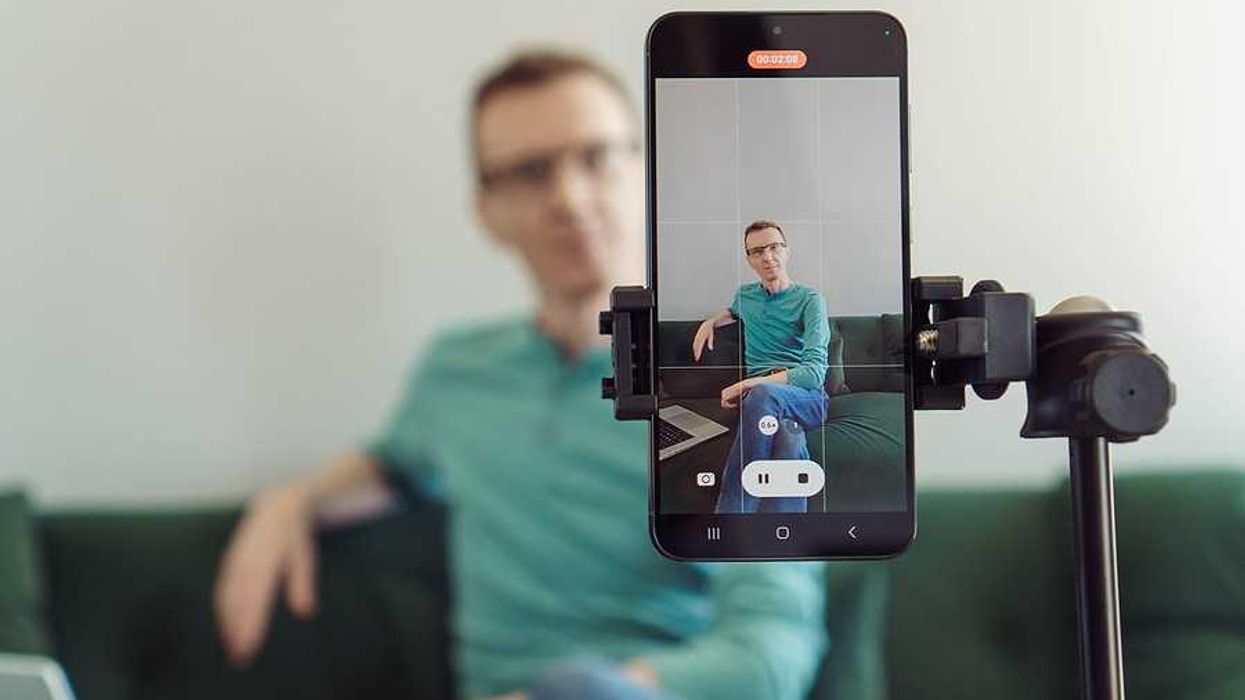
When it comes to applying for jobs, cover letters have long been a staple of the process. But let’s face it: traditional cover letters are a thing of the past. If you're still using a "To Whom It May Concern" template to summarize your resume, stop. The traditional cover letter is dead, and it’s time to embrace a new approach—one that truly connects with potential employers.
Welcome to the era of disruptive cover letters.
Why Traditional Cover Letters Don’t Work
The old-school cover letter, often just a regurgitation of your resume, rarely gets read. Why? Many hiring managers now assume these cover letters are auto-generated by AI tools like ChatGPT, making them impersonal and uninspiring. Employers want authenticity, and a generic summary doesn’t deliver.
Instead of rehashing your qualifications, your cover letter should tell a story—one that resonates with the employer and highlights why you’re excited about their company.
What Are Disruptive Cover Letters?
 Bigstock
BigstockDisruptive cover letters are a game-changing strategy designed to help you stand out. Unlike traditional cover letters, they don’t look like cover letters at all. They focus on storytelling and creating an emotional connection with the employer.
Here’s how they work:
- Start with a bold, personal statement: For example, one of my clients who applied to Google wrote: “I remember the first time I used Google search, and it changed my life…” This immediately grabs attention and sets the stage for a compelling story.
- Tell your connection story: Explain why you feel aligned with the company’s mission, values, or brand. For example, another client who applied to a major snack brand shared: “Six Oreos and a glass of milk was my go-to snack after every soccer game…” The result? An interview.
- Explain your value through storytelling: Instead of listing qualifications, weave them into a narrative that demonstrates how you’re the right fit for the role.
- End with a call to action: Ask for the opportunity to discuss how you can contribute to their success.
Humans are wired for stories. Social media and viral content prove that stories evoke emotions, make ideas memorable, and create connections. In a competitive job market, storytelling is the surest way to set yourself apart from other candidates and stand out to employers by fostering an emotional bond with the hiring team.
Taking It to the Next Level
 Bigstock
BigstockIf you want to go above and beyond, consider turning your disruptive cover letter into a video. A video cover letter allows you to share your connection story in a personal, dynamic way. Imagine starting your video with:
“Let me tell you the story of how I discovered your company and why I’m passionate about joining your team…”
These video introductions get candidates noticed and land them interviews.
How to Get Started
 Bigstock
BigstockCreating a disruptive cover letter isn’t as daunting as it sounds. Once you master the framework, it’s easy to adapt for multiple companies by tweaking key details.
Want to learn how to craft your own disruptive cover letter? Work It DAILY offers a step-by-step guide to help you create impactful cover letters and even video versions. Sign up for a free 7-day trial and start transforming the way you approach job applications.
The key takeaway from today’s cover letter trends: it’s not just about showcasing your skills; it’s about evoking emotion and building a connection. With a disruptive cover letter, you’ll stand out from the crowd and leave a lasting impression.
So, ditch the traditional cover letter and embrace the future. Your dream job is just a story away!
- 4 Steps To Writing A Disruptive Cover Letter ›
- How To Write A Cover Letter Recruiters Will LOVE ›
- 3 Simple Mistakes That Will Ruin Your Cover Letter ›
- Job Trends In 2025: Becoming A "Business-Of-One" In A Collective Workforce ›
- 2 Things Recruiters HATE To Read On Cover Letters ›
- When Should You Use 'Dear Hiring Team' On Your Cover Letter? - Work It Daily ›
- The Best Way to End a Cover Letter (With 4 Winning Examples) - Work It Daily ›

 Bigstock
Bigstock Bigstock
Bigstock Bigstock
Bigstock


